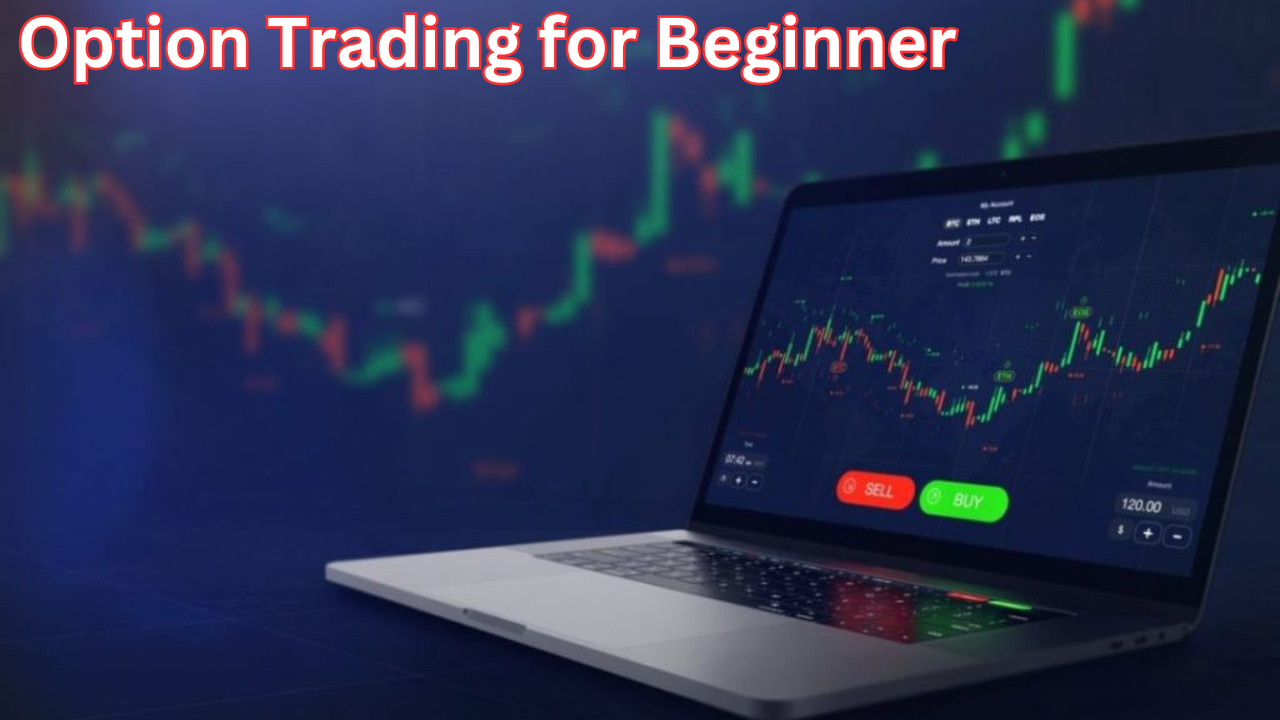Beginners may find options trading daunting but with the right knowledge, it can be a flexible and strategic way to grow your portfolio. When you trade options you have the freedom without any obligation to purchase or sell an asset at a fixed price within a given time limit as opposed to traditional stock trading where you buy or sell shares. Understanding the foundations of options trading can help novice traders access a variety of strategies and possible gains.
In this guide, we’ll break down the essentials of options trading, the key terms you need to know, and how beginners can start navigating this potentially rewarding investment avenue.
What Are Options?
Essentially an option is a contract that before its expiration gives its holder the right but not the obligation to purchase or sell an underlying asset (such as stocks ETFs or indexes) at a particular price. Options can be classified as either puts or calls.
- Call Options: When you purchase an asset at the strike price which is the price at which the option expires you have the right to do so. You can exercise the option and purchase the stock at the lower strike price possibly earning a profit if the stock price rises above the strike price.
- Put Options: The right to sell an asset at a particular price before the expiration date is granted by a put option. Selling the stock at the higher strike price allows you to potentially profit again if the price of the stock drops below the strike.
With a smaller initial investment than purchasing the actual stock options are frequently used as a risk hedge or to speculate on market movements.
Key Terminology:
You must comprehend the following terms before you start trading options because they will help you navigate the market:
- Strike Price: This is the set price at which the underlying asset is available for purchase (call option) or sale (put option).
- Expiration Date: The date of expiration of the option contract. Before this date, you must determine whether to exercise your option.
- Premium: This is the price you pay for purchasing the option contract. The premium is influenced by factors like the stock price, strike price, time until expiration, and market volatility.
- In-the-Money (ITM): An option is deemed to be in-the-money and to have intrinsic value when the current stock price is higher than the strike price of a call option or lower than the strike price of a put option.
- Out-of-the-Money (OTM): When The option is out-of-the-money and has no intrinsic value when the stock price is below the strike price for a call option or above it for a put option.
- At-the-Money (ATM): An option is deemed to be at-the-money if the stock price and the strike price are equal.
Why Trade Options?
Options trading offers unique advantages that appeal to both beginner and experienced traders:
- Leverage: With an initial investment that is smaller options give you control over a sizable amount of stock. Buying 100 stock shares for instance can be costly however the cost of purchasing an option contract that grants you control over those same 100 shares is significantly lower.
- Flexibility: Options are useful in a range of market circumstances. You can develop strategies to profit from market conditions regardless of whether they are bullish bearish or neutral.
- Hedging: Options are a common hedge used by investors to guard their portfolios against possible losses. For instance, you may buy a put option to hedge against possible losses if you own stock in a company and you anticipate a brief price drop.
- Profit Potential in Any Market: Depending on your chosen strategy you can profit with options whether the market moves sideways upward or downward.
Risks of Options Trading:
Even though options have a lot to offer newcomers should be aware of the risks involved.
- Complexity: Options trading strategies can be more intricate than stock trading. Making educated decisions requires having a thorough understanding of the subtleties surrounding expiration dates strike prices and premiums.
- Time Sensitivity: Options expire unlike stocks and you risk losing the premium you paid if you don’t take action within the allotted time.
- Potential for Losses: Options can be very profitable but they can also be very risky particularly if the market moves against your position. If the option expires worthless you risk losing the whole premium.
Steps to Get Started with Options Trading:
- Educate Yourself: Start by familiarizing yourself with the fundamental concepts methods and dynamics of the options market. Online courses webinars and other resources are widely available for free.
- Choose a Brokerage: An options-trading-capable brokerage account is necessary to trade options. Numerous online resources provide tools and user-friendly interfaces tailored for novices.
- Start Small: Don’t dive straight into intricate options tactics. To gain a sense of the market begin by trading basic calls and puts.
- Develop a Strategy: Choose between speculating on price movements and hedging your current investments. You will trade different kinds of options depending on your strategy.
- Practice with Paper Trading: You can practice trading with virtual money using paper trading which is a feature of many brokerage platforms. This lets you experiment with different tactics without having to risk any real money.
Conclusion:
Options trading offers beginners a unique and flexible way to invest in the stock market, providing the potential for higher returns and greater versatility than traditional stock trading. However, like any investment, it comes with risks and requires a solid understanding of the market. By starting small, educating yourself, and developing a clear strategy, you can begin to explore the world of options trading and unlock its potential for your financial goals.
